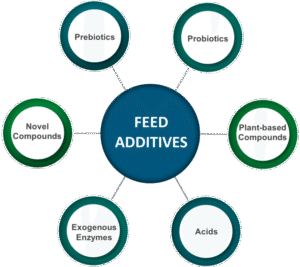1. Digestive System
Mouth and Pharynx: Food is ingested through the mouth and passes through the pharynx.
Midgut: The primary site of digestion and nutrient absorption. Many arachnids rely on external digestion, where enzymes are secreted onto prey to liquefy it before ingestion.
Hindgut: Responsible for the absorption of remaining nutrients and the excretion of waste through the anus.
2. Circulatory System
Open Circulatory System: Hemolymph (a fluid equivalent to blood) circulates through sinuses surrounding the organs rather than being contained in vessels. The heart pumps hemolymph into the hemocoel (body cavity).
3. Nervous System
Central Nervous System: Composed of a brain (supraesophageal ganglion) connected to a ventral nerve cord with segmental ganglia that control movement and sensory functions.
Sensory Organs: Besides simple eyes, arachnids have sensory setae (hairs) that detect vibrations, chemicals, and physical contact.
4. Respiratory System
Book Lungs and Tracheae: Book lungs allow for gas exchange, while tracheae are small tubes that bring oxygen directly to the body tissues in some species.
5. Reproductive System
Sexual Dimorphism: Males and females often exhibit differences in size and morphology, particularly in the structure of pedipalps for sperm transfer.
Reproductive Organs: Female arachnids typically possess a pair of ovaries and a spermatheca for storing sperm, while males have specialized organs for sperm transfer.
6. Excretory System
Malpighian Tubules: These tubules are responsible for excretion and osmoregulation, collecting waste products from the hemolymph and releasing them into the digestive tract for elimination.
Summary of Internal Anatomy:
• Digestive: Mouth, pharynx, midgut, hindgut.
• Circulatory: Open circulatory system with hemolymph.
• Nervous: Central nervous system with a brain and ventral nerve cord.
• Respiratory: Book lungs or tracheal system for gas exchange.
• Reproductive: Sexual organs adapted for external fertilization, often with complex mating behaviors.
• Excretory: Malpighian tubules for waste removal and osmoregulation.
Thank you for reading. Don't forget to subscribe & share!









